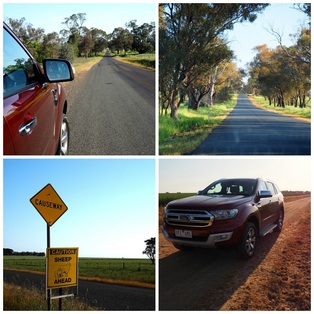 by Francine Puckly Much has been written on development of characters when setting out to write a novel, a short story, or even a picture book manuscript. Advice to complete character interviews, profiles and arcs abound. I’ve used them all to delineate the early aspects of my characters and note the differences between characters. Despite the use of all of these techniques and tools, I still came up short in a review of my latest novel. In last month’s manuscript critique with Delacorte’s Kate Sullivan, we discussed the need to put the final polish and finesse on my characters, one in particular. Because I have alternating narrators, two distinct stories are being told. And while the stories intertwine, they must stand alone in detail and distinction. One protagonist is a quiet, introspective teen who picks up on a wealth of detail, while the other is a “quit-your-whining-and-get-on-with-it” personality. Each protagonist must be equally complex to the reader, even if the core of the character appears to be outwardly simple. And just as plots and subplots need to be tightened and mined for nuggets of gold, so must our characters. Everything our characters do must be deliberate and refined. I returned home after the critique, high on motivation and energy to make these changes. I quickly realized that my self-taught world of novel writing did not provide guidance to finesse and tweak a character in the final stages of revision. But I discovered two methods that have been invaluable. Beyond-the-Questionnaire Questions Picking up what I had once believed to be my last draft, I combed through the manuscript scene by scene and made notes in the margins as to what each of my narrators might observe in that particular moment. This setting-specific questioning brought my characters into focus with what made them tick in very specific circumstances. What the character feels, says, and observes will differ from scene to scene. A character might be driven by odors and temperatures in one scene, and sights and feelings in another. Does tension get ratcheted up because the character is self-conscious about an outfit or sees a nemesis in the corner of the room? And what happened that day to drive the behavior in the character? This level of understanding my characters rarely came through in those beginning character profiles and explorations. Just as humans might react differently in any given situation on any given day (lack of sleep, hunger, fights with loved ones or the threat of a layoff at work will drive different behaviors than if we’re rested, fed and in our happy place), our characters will behave erratically at times as well. Each scene (and the details the narrator presents to the reader) must be thoughtful to that particular moment. Photo Collages The second technique I’ve used is creating photo collages of the landscape, houses, schools, cars, clothing, décor, and character images. I had already completed this exercise for earlier drafts of the manuscript, but this time I faced off with my protagonists. I studied the collage through each of my narrator’s eyes and wrote down what each would see. My introspective narrator extracts entirely different details than my get-’er-done protagonist. And it is in these unique observations that the manuscript comes to life. By mining these rich nuggets of description, I have refined the voice of the story. And it is in the subtle detail of voice that we hook the reader. So the next time you’re stuck trying to make the last draft or two of your manuscript pop into life, tackle a new photo collage and plow through your scenes with specific detail in mind. If you listen closely, your characters will show you what’s important at that moment in time.
4 Comments
 ~ by Amanda Smith Last week we focused on using basic plotting techniques to help organize scenes that were random and unconnected, like a hand full of beads. If you missed last week's post, you can find it here. What if you're done drafting, though? Does that mean you have no more use for plotting techniques? Writers often use note cards to block out scenes. For me the note card technique worked well after I finished my second draft. I combined the information from a mapping workshop, taught by Katie L. Caroll (Elixer Bound) and a workshop on non-sequential writing by Lynda Mullaly Hunt. (One for the Murphys, Fish in a Tree) to come up with a note card that served my purpose for revision.
These note cards against my wall helped me see the entire novel at one glance. I was able to check the balance and switch-off between narrators. Imagine my joy when I realized my main characters narrate exactly the same amount of scenes! These cards showcased the rising action, emotional arc, and the function of each scene. I could see where to change the order of scenes to build tension or give a breather. They showed where to add a scene or when a character fell out of the story. As I studied these cards, I was able to make subtle changes to strengthen the plot. I added bits of dialogue or "what ifs" on sticky notes. When I went back to my manuscript I could try out these new takes to see if they worked better. The note cards served as a place for ideas and thoughts to land when I couldn't get to my manuscript right that moment. Revision time is also a good stage to implement character interviews, another plotting technique. There are multiple character interviews online that you can tweak to meet your needs. After filling out interview questions, add descriptors and specifics to enhance characters, and check for character consistency. I found it very enlightening to also interview all secondary characters. Going back and adding the smallest of details can enrich secondary characters and make them feel like real people.
Many authors have a treasure trove of plot development strategies on their websites. Don’t feel overwhelmed by them. Take these plotting devices and adapt them to work for you and your process. And it is a process! Use some before you start, some during drafting, and some during revisions until all your scenes are perfectly placed like beads on a string. 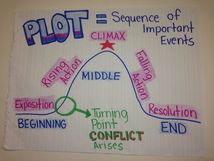 ~by Amanda Smith The first time I saw plot planning templates I was simultaneously impressed and petrified. These templates assumed that the writer already knew a whole lot. All I had when I started my novel were a handful of characters, an idea for conflict, and only a fleeting emotion I felt after waking up from an angsty dream. We discover the story, the characters, the PLOT as we go. While some writers are brilliantly organised, writing a novel from beginning to end, there are just as many who write non-sequentially. Does that mean these fabulous plotting techniques are not for us scatterbrains? Not at all. These templates and techniques can be used throughout the first couple of drafts. So how do you plot when you write at the whim of the character voices in your head? The following strategies helped me string numerous non-chronological scenes, like beads on a necklace, into a viable story line.
Join us next week when we'll look at using other plotting tools and techniques during the revision stage of your project. In the mean time, arm yourself with a pack a sticky notes and a blank wall and you'll find that plot planning templates are less petrifying and more productive.
 by Francine Puckly My fellow 24 Carrot Writing bloggers and I just returned from the SCBWI New England spring conference. Having seen each other all weekend, we were tempted to postpone our monthly goal-setting meeting scheduled for the next morning. But knowing re-entry to regular schedules can be tricky after a jam-packed weekend, we kept our monthly appointment. We convened over a cuppa, and Kelly had the brilliant idea to list our top three takeaways from the conference. If you recently attended this conference, a long workshop, or a webinar geared toward your writing and illustrating life, this exercise is invaluable. It might take weeks—and possible months—to employ all the new tricks and tips discovered at the conference and even longer to practice and hone all the new skills learned. But what are three new goals you can enact today to get an immediate bounce from the conference? Kelly calls these your do-it-today takeaways!
So instead of stuffing your notes into a drawer, comb through them! Glean nuggets of advice that will help you strengthen your writing. Capitalize on the energy and optimism you bring back from meeting with colleagues and peers. It’s easy to slip back into former routines if we wait too long to take stock. So don’t wait! Capture those do-it-today ideas now! - Francine |
Peruse blogs for advice and tips from KidLit creatives.
Categories
All
Archives
April 2024
Click to set custom HTML
Click on the RSS Feed button above to receive notifications of new posts on this blog.
|
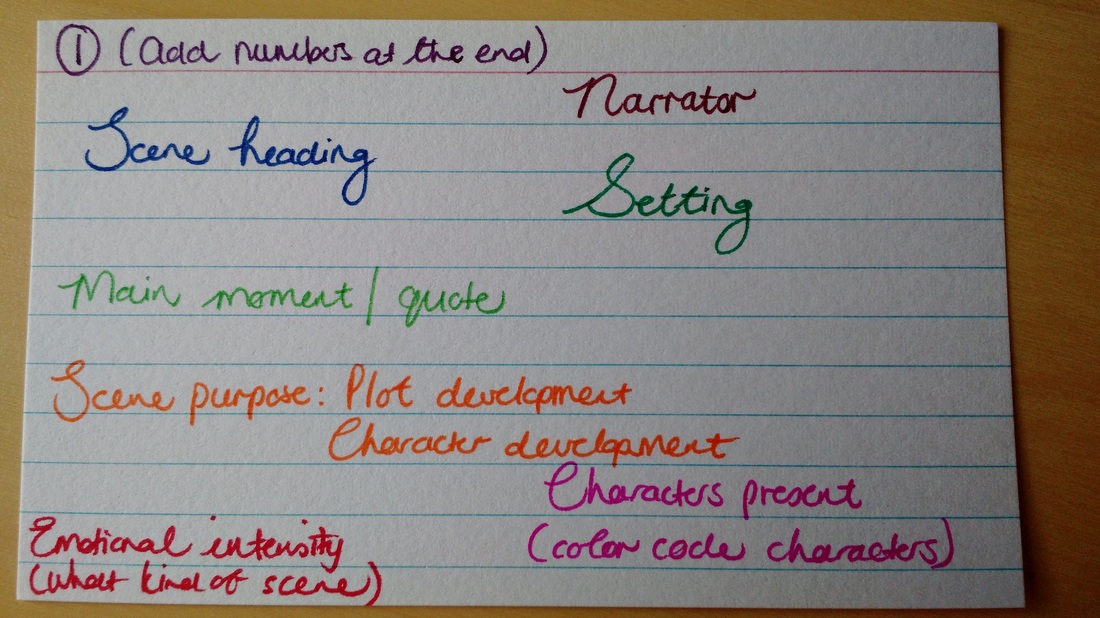
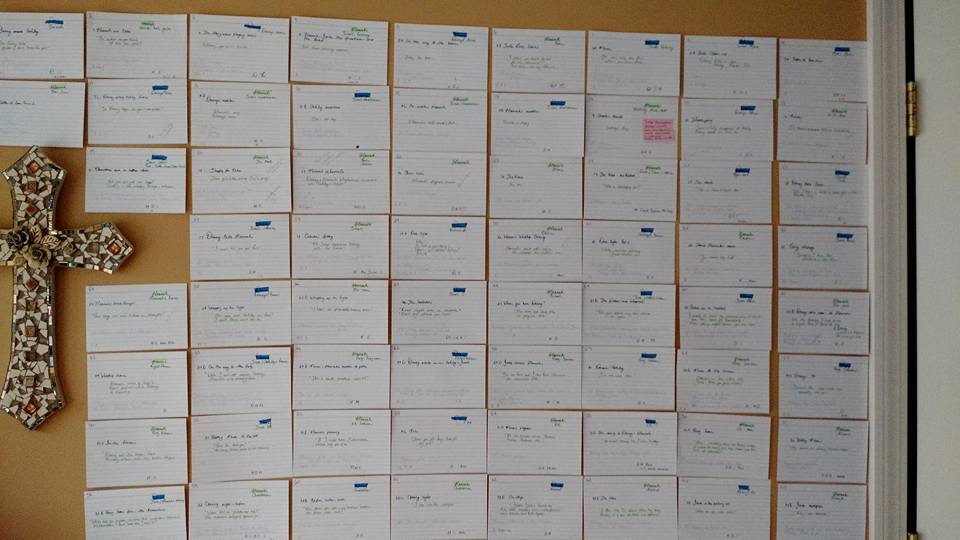

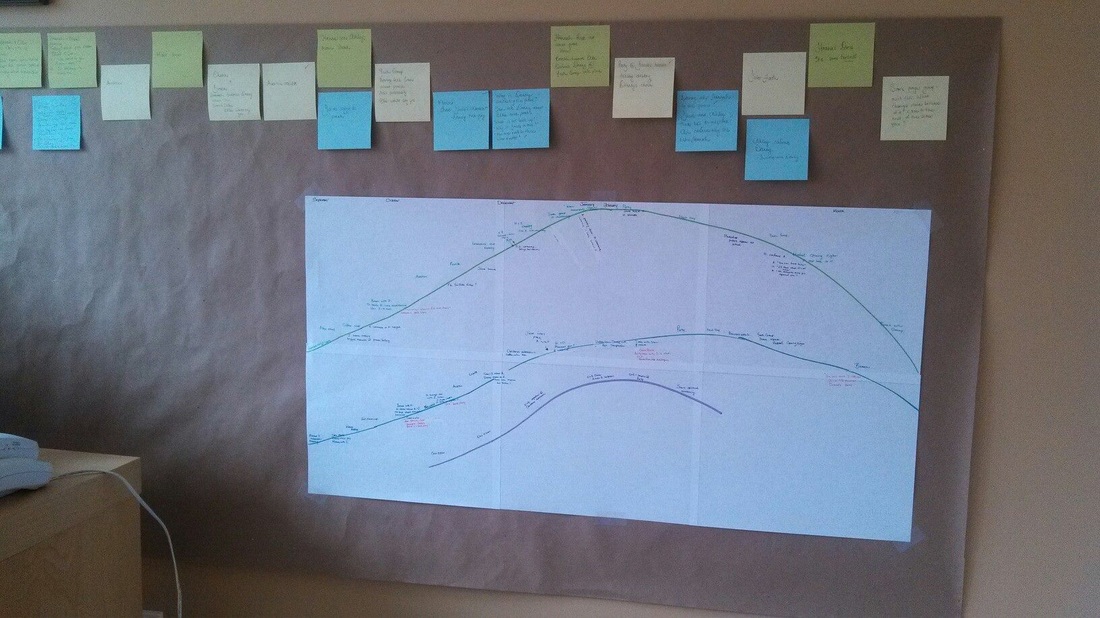
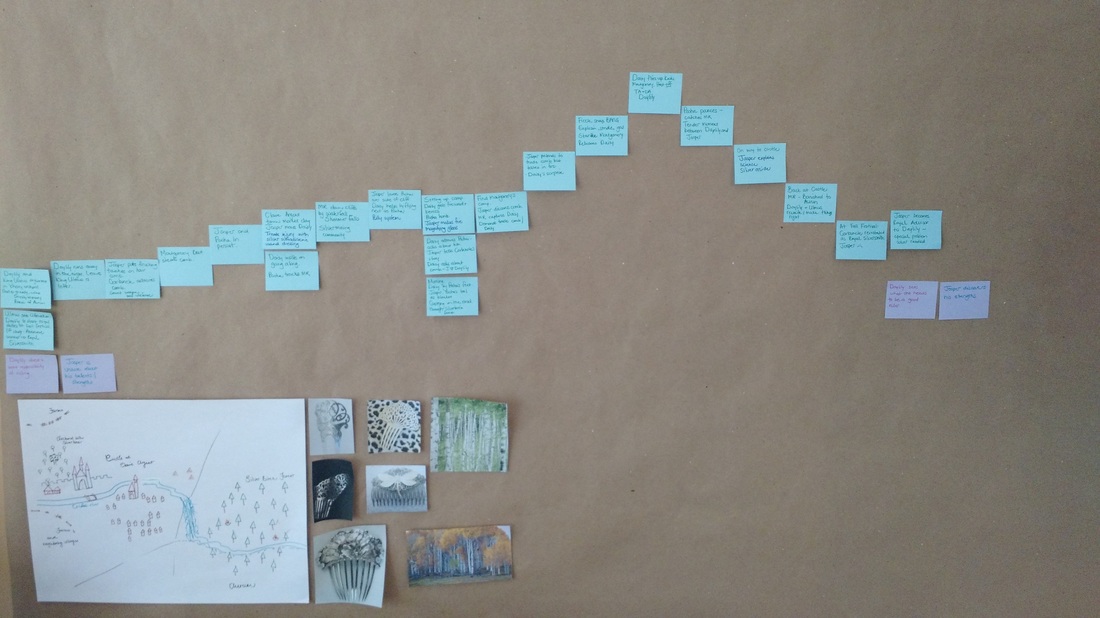

 RSS Feed
RSS Feed